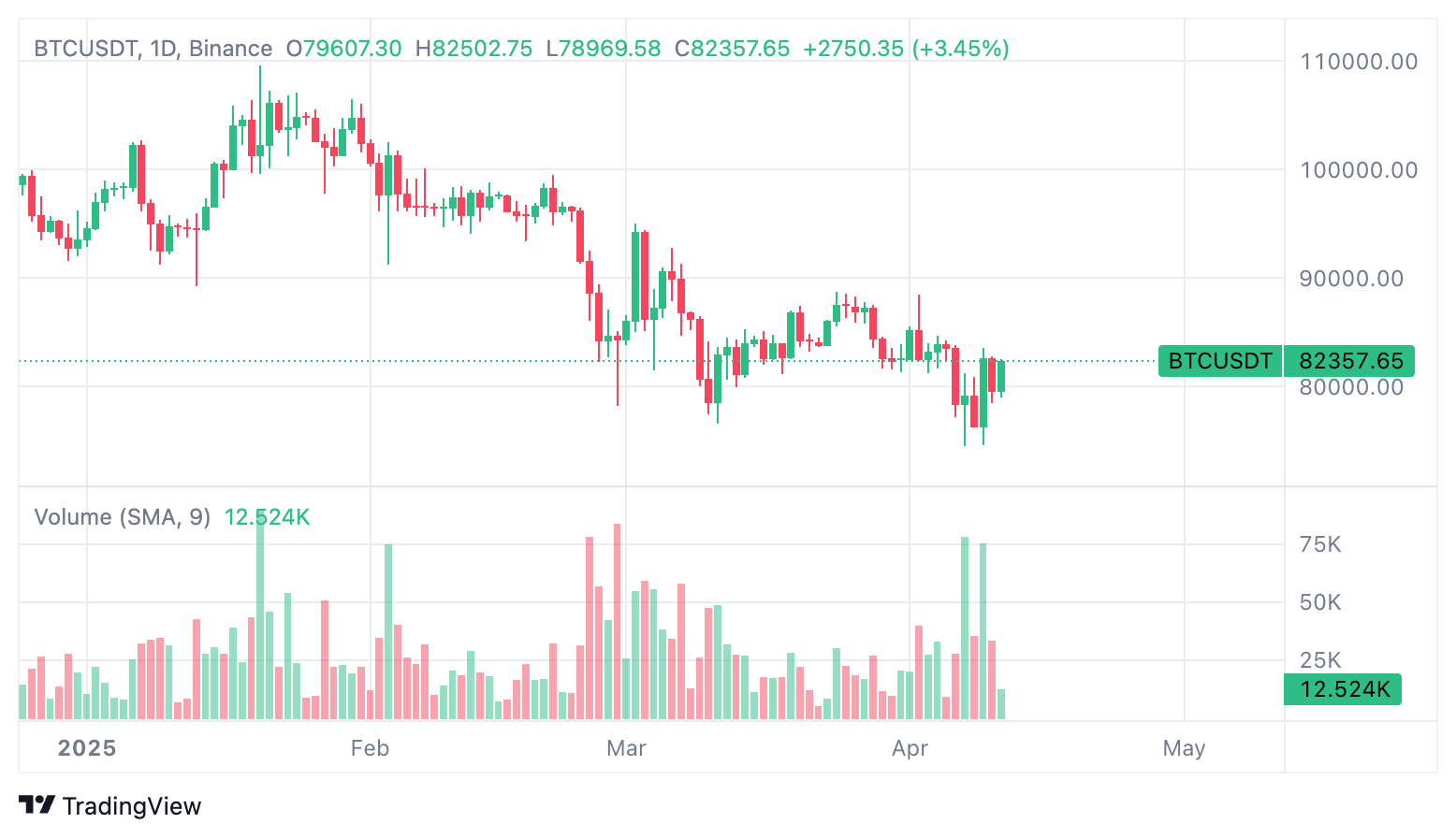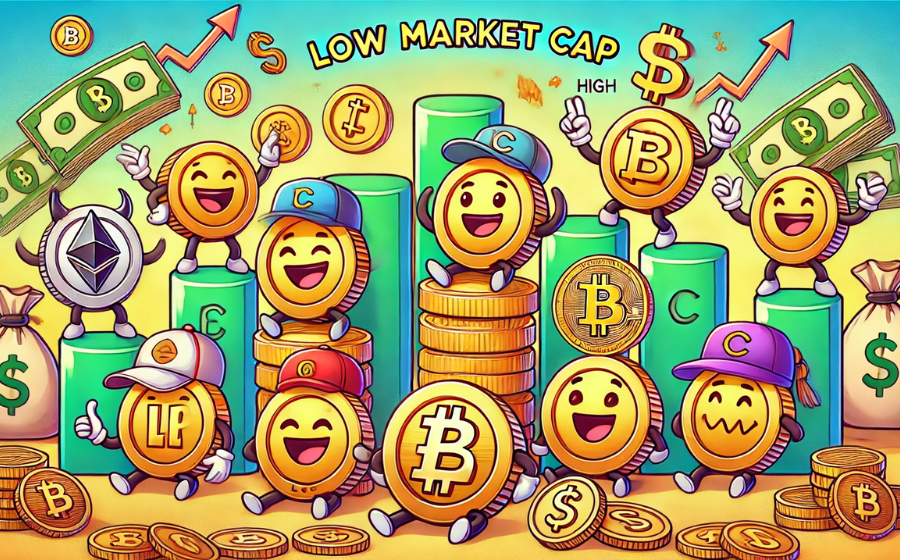
KEYTAKEAWAYS
-
Gold hits record highs in 2025 as investors seek safety amid inflation fears and a weaker dollar.
-
Bitcoin struggles to break resistance, reflecting cautious sentiment and high volatility despite long-term potential.
-
Diverging trends highlight gold’s stability versus Bitcoin’s speculative nature under shifting macro and policy conditions.

CONTENT
Recently, gold and Bitcoin have shown very different price movements. This reflects their different roles in the market, how investors view them, and the current global economic situation. Gold, as a traditional safe-haven asset, continues to rise and has reached record highs.
Meanwhile, Bitcoin is trading sideways at high levels and hasn’t followed gold’s upward trend. This divergence highlights the different characteristics of the two assets and offers investors a unique view of market dynamics. Let’s look at recent price movements and deeper reasons behind this divergence.
RECENT PRICE MOVEMENTS
Gold: Climbing Steadily with Strong Safe-Haven Demand
In 2025, gold (XAU/USD) has shown strong upward momentum. Prices rose from around $2,600 per ounce to a record high of $3,167 per ounce (as of April 11, 2025). On the daily chart, gold stayed above $3,000 and traded in a narrow range between $3,100 and $3,170. The trend is clearly upward.
Technical indicators show that gold is supported by the 20-day moving average (around $3,050), and the RSI is around 65 — not overbought yet. The average daily movement is about 1%, showing gold’s relative stability, driven by safe-haven demand.
Bitcoin: Sideways Movement, Driven by Speculative Sentiment
In contrast, Bitcoin (BTC/USD) has shown weakness. After reaching a yearly high of around $100,000, it has pulled back to around $80,000. The daily chart shows strong resistance near $85,000, where Bitcoin has been trading sideways.

Trading volume is lower, and the daily price movement is around 3–5%, showing more cautious market sentiment. Technically, there is support around $78,000. The RSI is near 50, suggesting a neutral outlook.
In the short term, Bitcoin may continue to move sideways or bounce slightly.
DIVERGENCE CHARACTERISTICS
The correlation between gold and Bitcoin dropped from a weak positive (+0.26) earlier this year to slightly negative (about -0.1). The gold/Bitcoin ratio (how many bitcoins one ounce of gold can buy) hit a new high for the year, showing gold’s stronger performance.
Gold is less volatile and more stable, while Bitcoin is more volatile and speculative. This trend of divergence may continue for now.
REASONS BEHIND THE DIVERGENCE
Different Asset Properties
Gold is a traditional safe-haven asset. It usually performs well when there’s economic uncertainty, higher inflation, or a weaker U.S. dollar. Its recent rise is closely linked to the U.S. dollar index falling to a 3-year low (100.2), inflation fears, and global tensions.
Investors see gold as a combination of protection against economic risks, inflation, and dollar depreciation. It remains popular with institutions and conservative investors.
Bitcoin is often called “digital gold,” but its nature is more complex. It has potential as a safe-haven asset but also shows strong speculative behavior. Recently, Bitcoin didn’t rise with gold. Possible reasons include shifts in tech stock sentiment, competition from other cryptocurrencies, and regulatory concerns.
Bitcoin’s correlation with inflation is unstable (ranging from -0.3 to +0.5), unlike gold, which has a more stable positive link (+0.6), showing that Bitcoin hasn’t fully earned its place as a safe-haven asset.
Market Sentiment and Capital Flow
As U.S. stocks declined recently (S&P 500 fell 4%), more money flowed into gold as a safe investment, boosting its price. Bitcoin didn’t benefit from this shift. Its high volatility and speculative nature made investors cautious. Some funds may also have moved into newer crypto assets, reducing demand for Bitcoin.
The correlation between Bitcoin and the S&P 500 has dropped from 0.8 to 0.66. This shows Bitcoin is trying to separate itself from tech stock behavior, but it hasn’t gained full trust from risk-averse investors.
Macro Conditions and Policy Expectations
Expectations of a Fed interest rate cut in September are rising. This lowers the opportunity cost of holding non-yielding assets like gold, which supports gold prices.
The weak dollar also directly helps gold. Bitcoin reacts differently to monetary policy. It may rise with more liquidity, but can also drop if investors sell riskier assets. In addition, crypto market sentiment and regulatory outlooks (like potential support from a Trump win) matter more for Bitcoin. However, these factors haven’t yet created sustained momentum.
SUMMARY AND OUTLOOK
The recent divergence between gold and Bitcoin comes from their differences in asset type, investor sentiment, and macroeconomic drivers. Gold continues to rise due to its safe-haven nature, weak dollar, and inflation concerns. Bitcoin is stuck in a sideways range, held back by uncertainty and lack of clear safe-haven status.
In the short term, gold is likely to stay strong if risk and inflation fears remain. Bitcoin needs to break through resistance levels and gain broader trust to move up again. In the long run, whether Bitcoin can truly become “digital gold” is still uncertain.
Investors should consider gold’s stability and Bitcoin’s potential, while staying alert to policy changes and market sentiment shifts.
▶ Buy Crypto at Bitget
CoinRank x Bitget – Sign up & Trade to get $20!

















